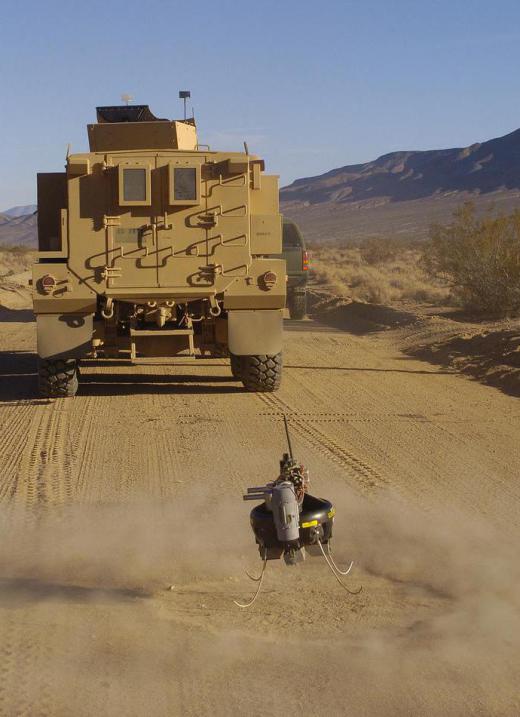An infrared transceiver is a device which is capable of both sending and receiving infrared data. These devices are most commonly seen in use in communications, although they have other applications as well. Manufacturers of infrared equipment often produce infrared transceivers, and they can be found at electronics and hardware stores. There are a number of different applications for an infrared transceiver and they sometimes appear in some surprising places.
The term “transceiver” is a portmanteau of “transmitter” and “receiver,” implying in this case that the device transmits and receives infrared light. Some transceivers can do this simultaneously, while others can be used for one function or the other at any given time. The device may have a focused beam, requiring it to be in a precise position to function, or it may be more broad, depending on the applications it is designed for. An infrared transceiver usually comes with disclosures about the range of the device, the width of the beam, and the power of the device.

In communications, infrared transceivers are often used to synch devices. For example, a personal digital assistant (PDA) can be synched with a personal computer through the use of infrared transceivers in both devices. The systems can send data back and forth to each other to synchronize their contents, or data can be moved from device to device as needed, depending on which devices are involved. Some of these devices will even synch automatically whenever they get in range, keeping things up to date without any effort on the part of the owner.
Infrared transceivers can also be used for things like entering and collecting data in the field. Using a handheld infrared transceiver, a researcher can collect data on the portable device, and then offload it to a computer via an infrared transceiver. The transceiver can also receive things like software upgrades and database changes, keeping it up to date and current with the rest of the equipment the researcher uses.
Many devices which communicate with infrared have a transmitter, receiver, or transceiver built in, or a slot into which an infrared device can be fitted. These sometimes require some effort to replace, although it can be done, with replacement parts ordered through the manufacturer or through another company. People can also buy standalone infrared transceivers to replace handheld units, and they can buy units which are designed to fit into electronics such as robots which are built from scratch.
Ever since she began contributing to the site several years ago, Mary has embraced the exciting challenge of being a About Mechanics researcher and writer. Mary has a liberal arts degree from Goddard College and spends her free time reading, cooking, and exploring the great outdoors.

